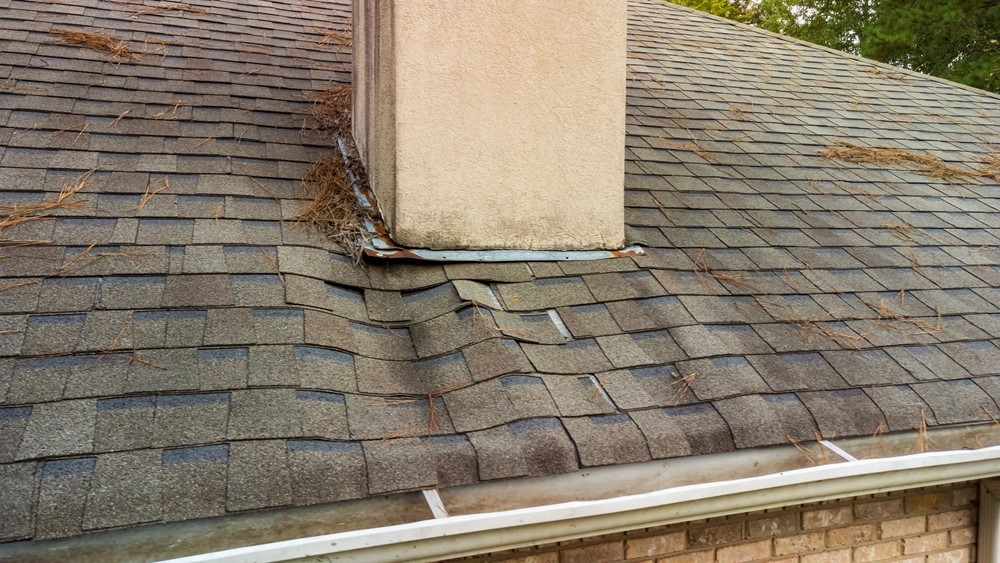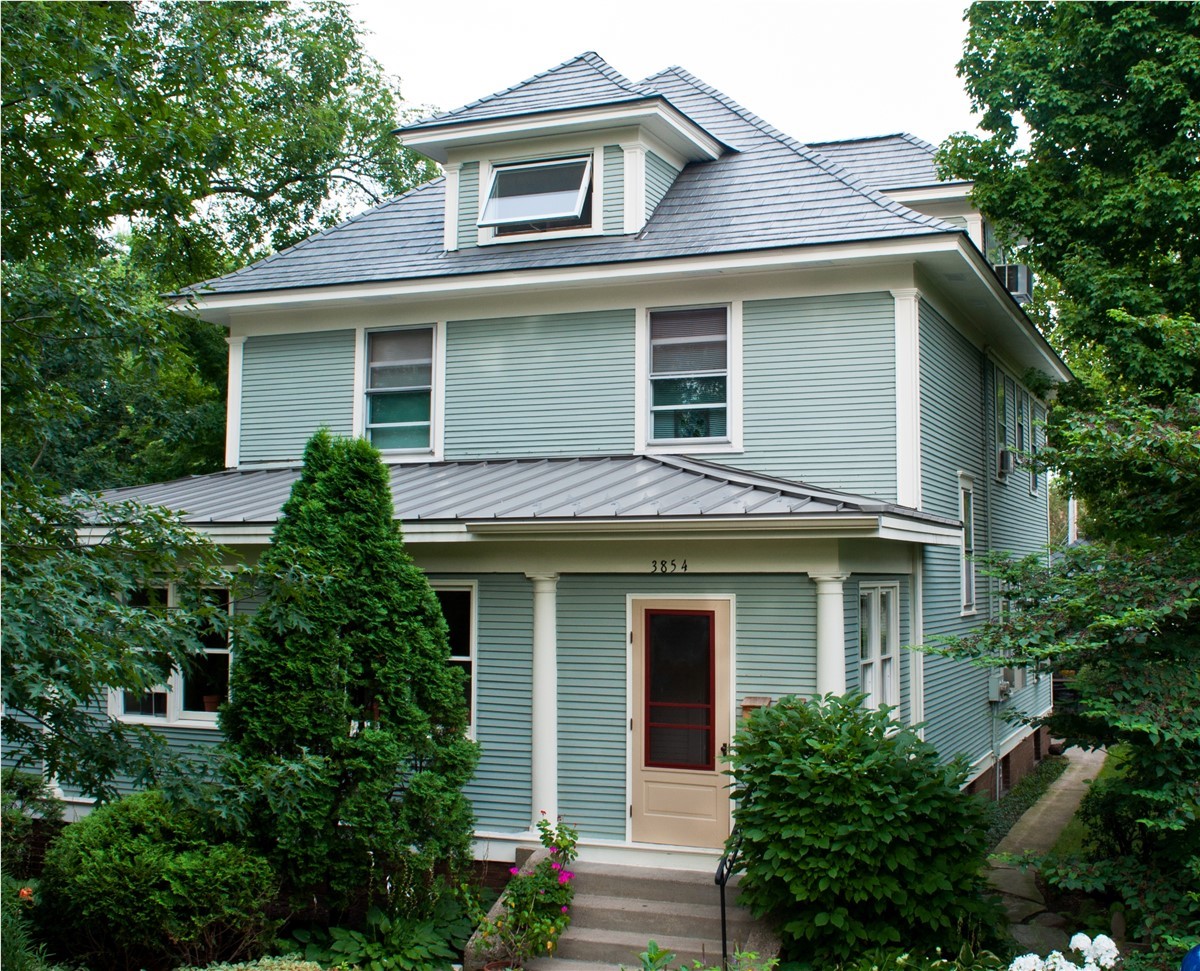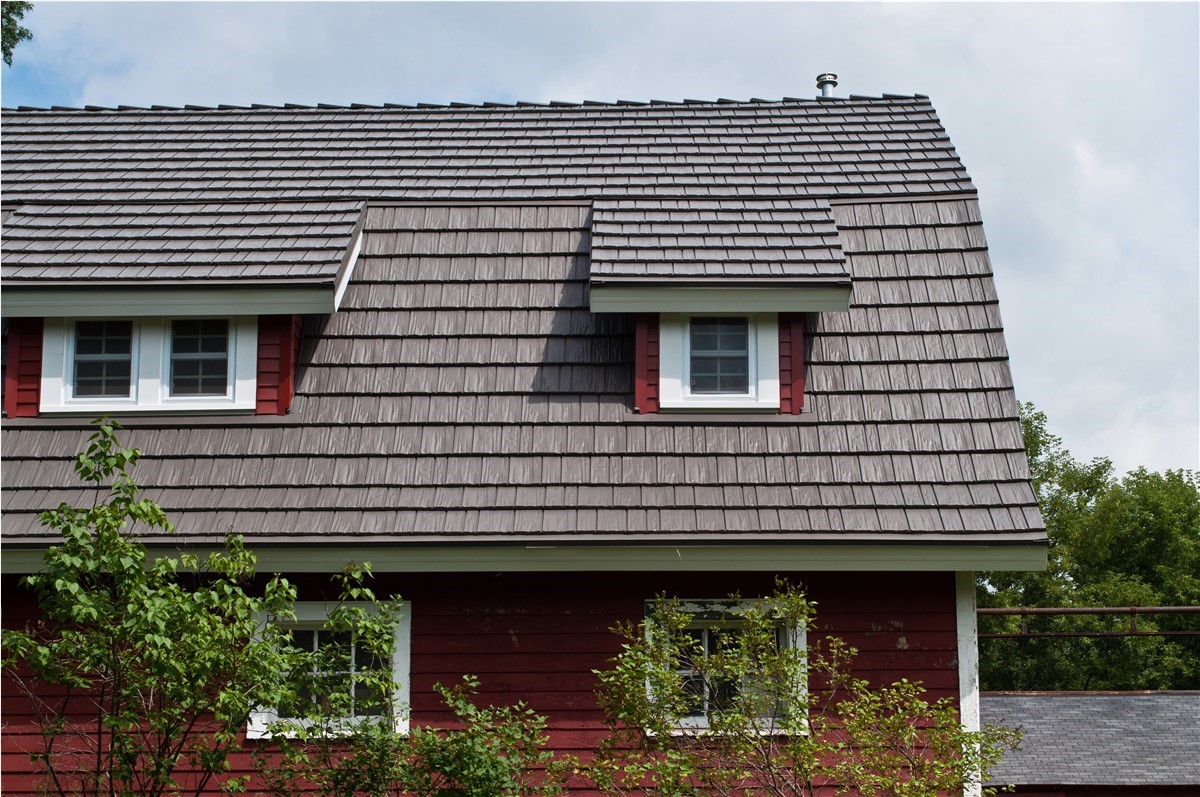Spring's most predominant color? Green - in just about every hue. Once the snow melts and the mud dries, the grass begins to turn green, early spring flowers shoot up, and the trees are beginning to bud. But spring is also the beginning of the exterior home improvement season here in the Twin Cities, as many of you know what have already been to one or more local home and garden shows.
Home improvement's color can also be green - in terms of being environmentally responsible as well as saving some "green" in the process, because many green remodeling practices conserve energy, which means lower utility bills for you. Helping to save Minnesota's natural resources often also helps you personally save on your financial expenditures.
Sustainable home remodeling practices are becoming more prevalent, and while some things are fairly sophisticated and more high-tech than you're willing or able to invest in, there are some basic guidelines to help you evaluate your planned remodeling project to determine if a "green" option will work for you.- Honestly take stock of your needs. In assessing a planned home remodeling project, take into account all the aspects involved to determine whether what you're planning meets your needs and if you're including something you don't really need. Then take a look at the existing components: Can they be recycled, re-purposed, or donated to an organization such as Habitat for Humanity?
- Make it better, not bigger. Smaller homes are becoming the trend, especially as baby boomers age. If you've wanted to add on space for a media room, perhaps that unused bedroom could be converted instead. If your living room or dining area feels cramped, changing out your furniture for less bulky items will make the space feel bigger. Then donate your old furniture to charity.
- When available, choose nature over artificial. Are there ways you can bring in more natural light to reduce your need for electricity? Properly placed skylights as well as sheer curtains swapped out for heavy drapes can cut your electrical bill. Ceiling fans to move air about on not-so-sweltering days could mean you'll use your air conditioner less. Install a rain barrel to capture rainfall for lawn and garden watering.
- Incorporate natural building materials rather than synthetic. Steel roofing and siding, sustainable flooring such as bamboo are good choices. Often natural building materials cost less than synthetics.
- Just say No to toxic chemicals. Choose low-VOC paints, natural-fiber carpeting, and furniture constructed of and upholstered with natural materials.
- Choose EnergyStar-rated products when available. EnergyStar labels are your guarantee that the item in question is more energy-efficient than its counterparts. Using less energy is good for the environment, and easier on your wallet. EnergyStar products cover everything from furnaces to windows.
- Ask your home improvement contractor to use green building techniques. It's not just the product used, it's also how it's installed that can make a difference. Minimizing waste, recycling construction materials where possible, and using sustainable materials are just some green building practices.
Subscribe to Quarve Contracting's Blog







Comments